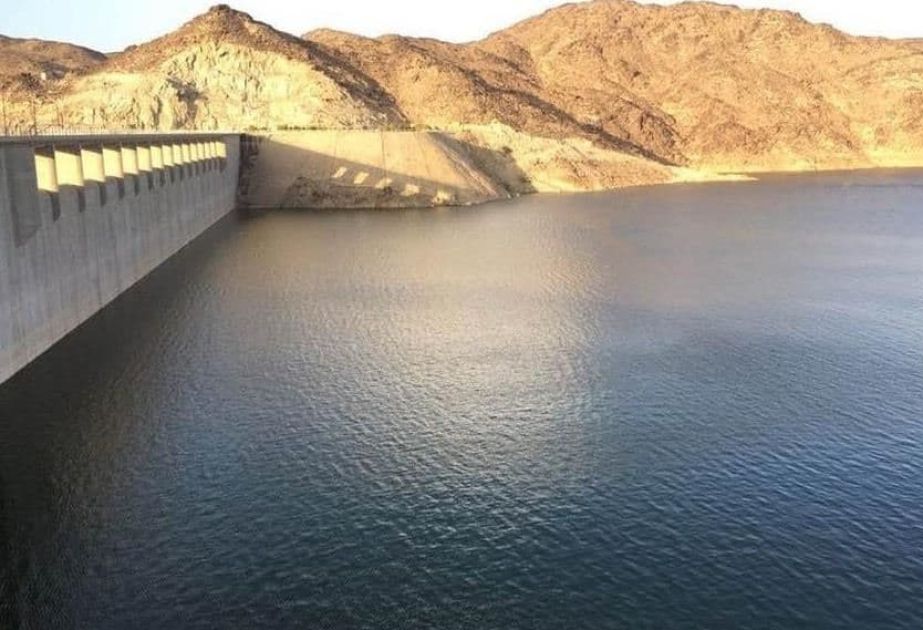By Alimat Aliyeva
Saudi Arabia is embarking on an ambitious project to build 1,000 dams aimed at collecting rainwater, with an annual capacity of 4 million cubic meters. This move is part of the Kingdom’s ongoing efforts to secure water resources in the arid region and improve its sustainability, Azernews reports.
According to Abdulrahman Al-Fadli, the Minister of Environment, Water Resources, and Agriculture, water production in the country has more than doubled since 2016, reaching 16.6 million cubic meters per day. Notably, 75% of this water comes from desalinated seawater. Additionally, the capacity of the Kingdom’s strategic reservoirs has surged by 600%, significantly increasing the average duration of water supply in most cities, from just one to three days.
Efforts to reduce energy consumption have also been fruitful. Electricity consumption in the water sector has been halved compared to 2016. Saudi Arabia now provides water to over 22,000 settlements, including those located at altitudes of 3,000 meters, through an 18,000-kilometer pipeline network.
The volume of recycled water has also increased significantly, from 251 million cubic meters to 550 million cubic meters, which now accounts for 32% of the total water used. The Kingdom’s initiative to build 1,000 dams will contribute an additional 4 million cubic meters annually, further enhancing water security. Impressively, 65% of local participation in the water sector and 97% of engineering projects are carried out by Saudi citizens.
In terms of conservation, the National Center for Efficiency and Water Conservation has successfully saved 120,000 cubic meters per day and plans to increase this figure to 300,000 cubic meters per day in the near future.
Saudi Arabia is making significant strides towards environmental protection, sustainable water management, and food security as part of its Vision 2030 goals. The Kingdom has implemented new regulations in the fields of environmental protection, meteorology, and waste management, some of which are being introduced for the first time in the country. Under the Green Initiative, more than 500,000 hectares of degraded land have been restored, and 151 million trees have been planted. The long-term goal is to restore 2.5 million hectares of land and plant more than 215 million trees by 2030.
Saudi Arabia has also expanded its protected areas, increasing the number of national parks from 18 to 500, covering 18% of the country’s territory, which is four times more than before. The Kingdom has made impressive strides in meteorology as well, with services now covering 100% of its territory through advanced sensing and forecasting systems.
Additionally, Saudi Arabia has established two groundbreaking centers: the Regional Center for Climate Change Research, the first of its kind in the Middle East, and the Regional Center for Sand and Dust Storms, one of only four in the world.
These efforts align with Saudi Arabia’s broader Vision 2030 initiative, which aims to diversify the economy, reduce dependence on oil, and establish the Kingdom as a global leader in environmental sustainability. By investing heavily in water resources, renewable energy, and green technology, Saudi Arabia is positioning itself as a pioneer in addressing some of the most pressing environmental challenges of the 21st century. The country's water scarcity is being met with innovative solutions, making it a model for other arid nations in the region.

